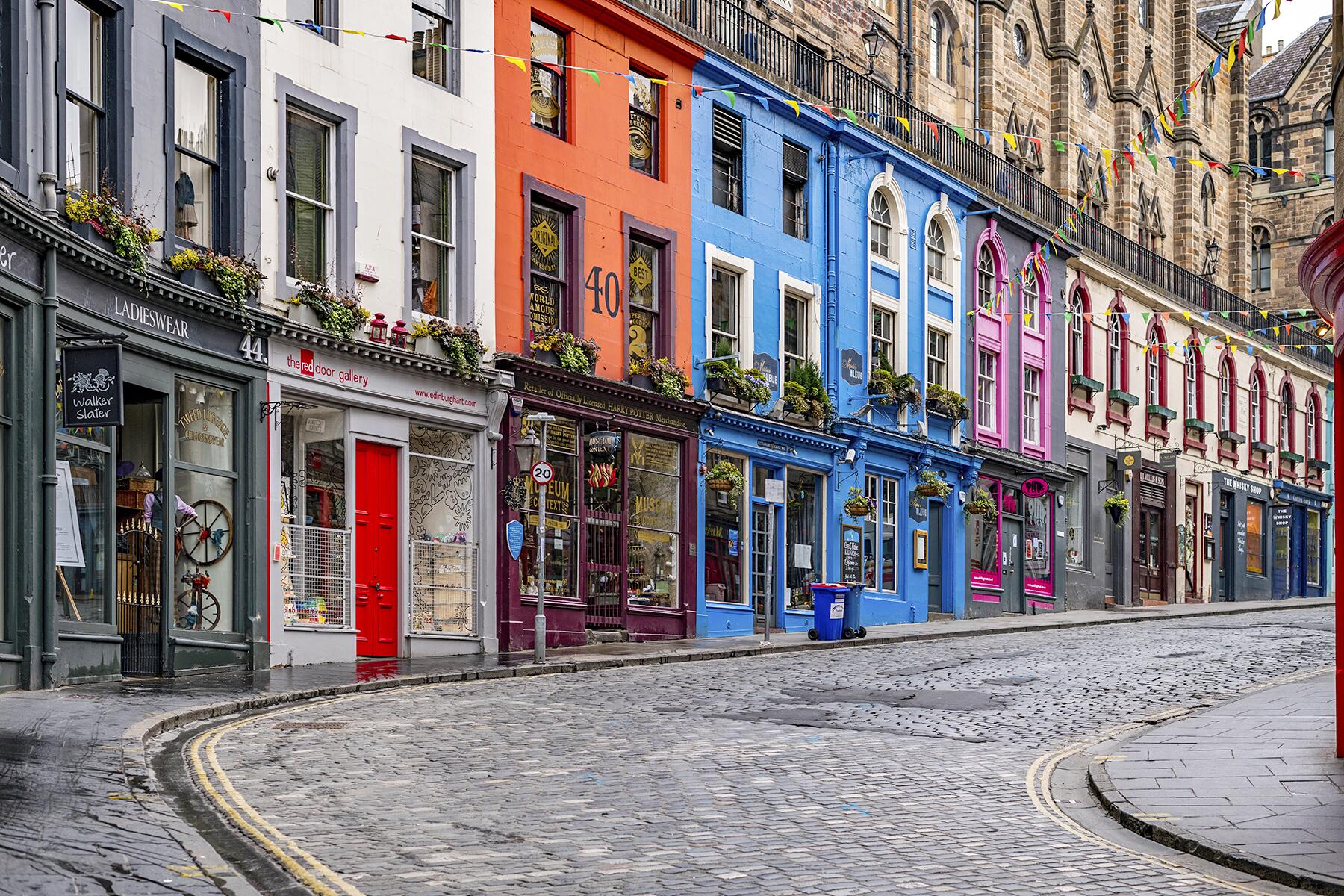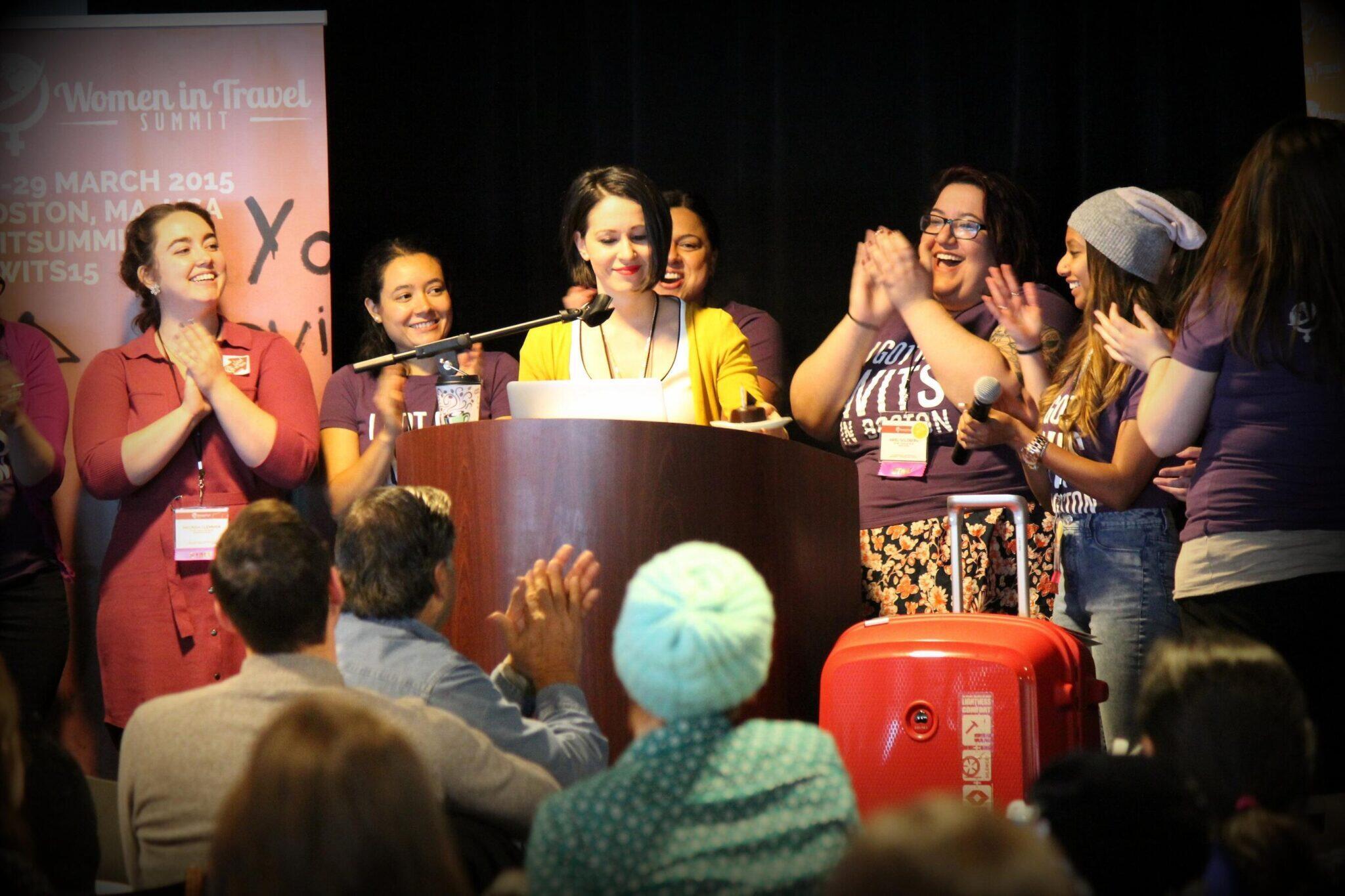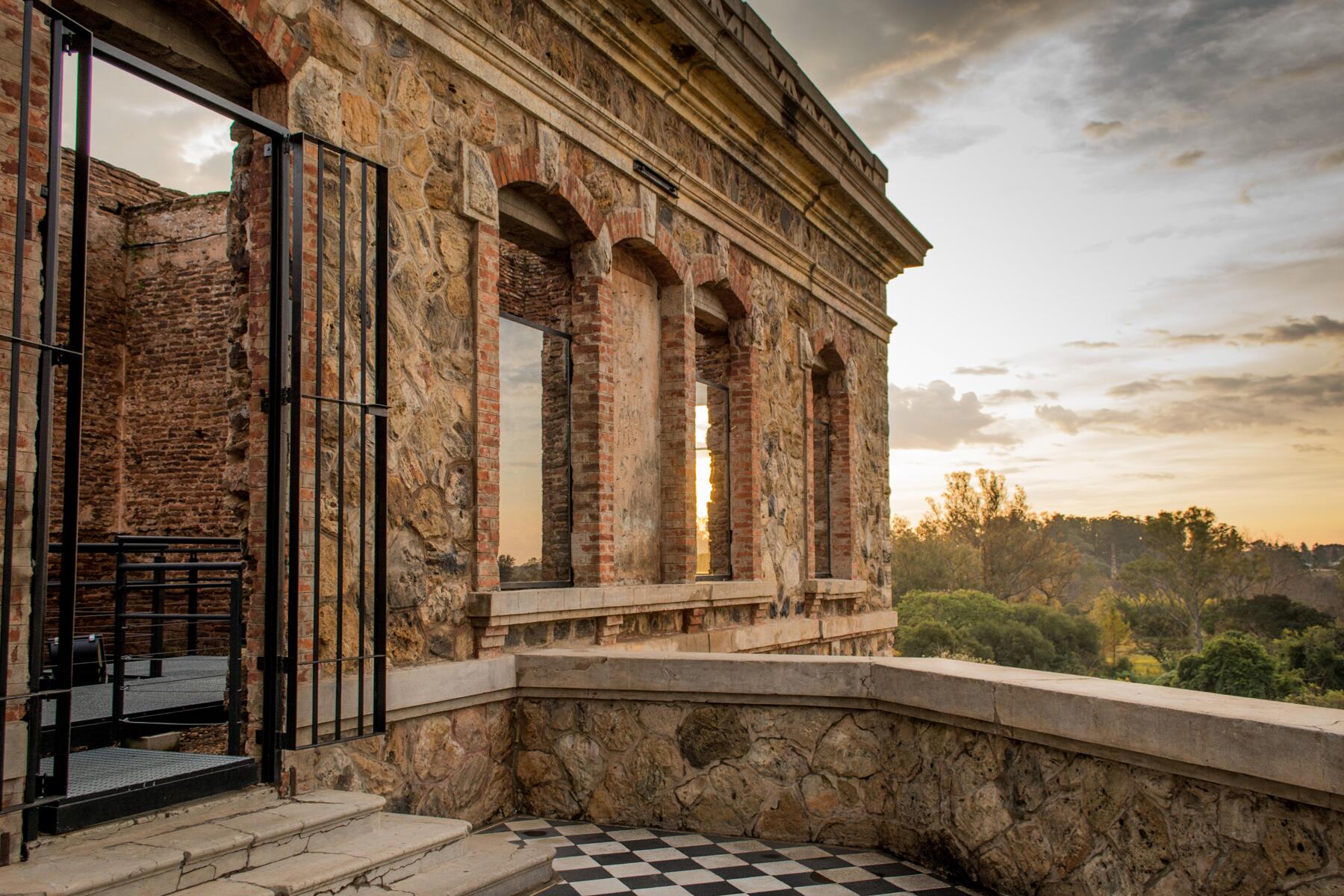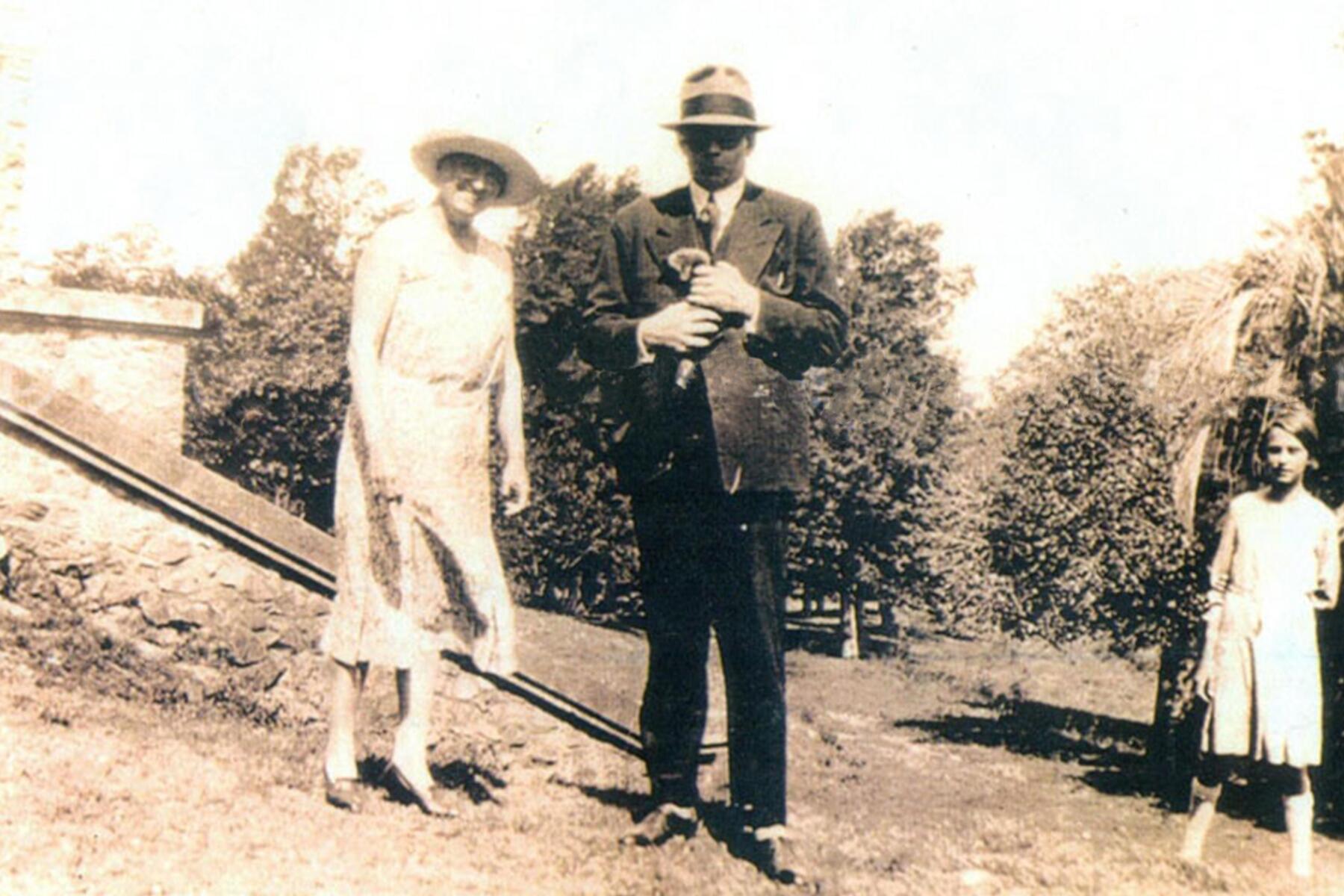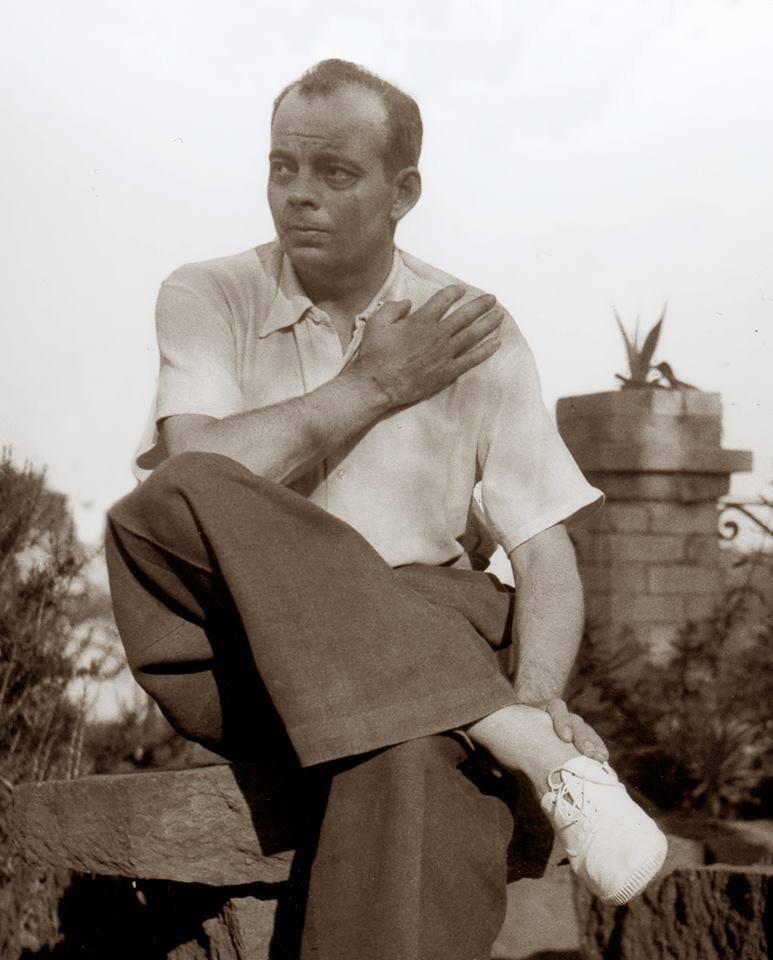How much did Antoine de Saint-Exupéry's time in Argentina inspire his classic tale?
“While you’re here, you should visit the Little Prince Museum at Castillo San Carlos,” a helpful employee of Concordia, Argentina’s tourism office, suggested. “It’s where the author had to fix his plane and got the inspiration for the book.”
Any fan of The Little Prince knows that the pilot in the fictional children’s book had to fix his plane in the Sahara. Many fans also know that the author, Antoine de Saint-Exupéry, had to fix his plane in the Sahara in 1935, but the book doesn’t mention Argentina at all.
Saint-Exupéry did live in Argentina, a fact that is as easy to find as it may be surprising. After serving in the French air force, he worked as a pilot for the Compagnie Générale Aéropostale in North Africa. The company promoted him to the director in Argentina, tasked with developing Aéropostale’s presence throughout South America.
Between October 1929 and January 1931, Antoine de Saint-Exupéry lived in Buenos Aires. He flew routes from the southern tip of Patagonia up to Argentina’s northern deserts on the border with Bolivia. He developed new routes across the country, improving airmail service by pushing his pilots to fly at night. The experience inspired his novella Night Flight, which he wrote in Buenos Aires and published in France in December 1931.
Recommended Fodor’s Video
During one of his flights north of Buenos Aires, a mechanical problem forced him to land in some fields near the town of Concordia. Upon landing, one of his plane’s wheel struts broke when it dipped into an animal’s burrow. Like the pilot in The Little Prince, Saint-Exupéry had to repair his airplane himself. Although in Concordia, he had the company of two little princesses.
Searching for Antoine de Saint-Exupéry in Concordia, Argentina
Castillo San Carlos is not a very impressive place at first glance. It’s the shell of a Louis XV-style mansion that burned down in 1938 and is now mostly walls with steel beams holding them up. The museum is in the basement, in a small space that used to be the stables.
According to Paulo Tisocco, the director of Parque San Carlos, the museum documents not only Saint-Exupéry’s visits but the entire history of the mansion. It begins with the French aristocrat Edouard Demachy, who built the mansion in 1888 and mysteriously disappeared shortly afterward.

A life-size cardboard cutout of Antoine de Saint-Exupéry greets you at the entrance. There are only a few other images of the author. The museum contains a model of Saint-Exupéry’s plane and oddities, like a hundred-year-old toothbrush and Demachy’s accounting books. You’ll see many copies of The Little Prince in multiple languages.
It’s the photos of two girls that really catch the eye. Edda and Suzanne Fuch were daughters of a French aristocratic family who immigrated to Argentina and lived in Castillo San Carlos after Demachy’s disappearance. In a family photo taken on the manor’s verandah, one of the girls looks defiantly at the camera with arms crossed. This was the personality that captivated Saint-Exupéry.

The Little Princesses and the Snake
Imagine Saint-Exupéry’s surprise when he heard two voices making fun of him in French shortly after landing somewhere in Argentina. Unaware that the pilot understood French, two girls on horseback laughed to each other at his predicament.
In his book Wind, Sand and Stars, published in 1939, Saint-Exupéry wrote longingly: “In Concordia, I was filled with wonder.” He devoted one of the chapters to his experience at Castillo San Carlos, writing: “I dropped down to earth once somewhere in the world. It was near Concordia, Argentina…I was about to live through a fairytale.”
It wasn’t the sprawling mansion or the French couple who lived there that he wrote of, but their children.
“The girls shook hands without a word but with a curious air of defiance and disappeared. I was amused, and I was charmed.”
He writes little of the adults, devoting most of the chapter to the girls, whom he compares to his sisters. Saint-Exupéry reminisces about how his sisters would judge visitors at the dinner table and writes of his anxiety that these two sisters would judge him harshly during dinner. Under their scrutiny, he fears making a mistake and stops talking.
“Silence fell, and in that silence, I heard something hiss faintly under the floor, rustle under the table, and then stop. I raised a pair of puzzled eyes. The younger daughter explained to me, ‘It’s the snakes.’” Saint-Exupéry continues writing: “What sovereignty they exercised; these princesses guarded by snakes! Princesses for whom there existed no scorpion, no wasp, no serpent, but only little souls of animals!”
Many readers will remember that when the Little Prince arrived on earth, he was greeted by a snake who “twined himself around the little prince’s ankle, like a golden bracelet.”
How Argentina Inspired Much of the Imagery in ‘The Little Prince’
After you visit the museum, take a stroll through Parque San Carlos. That’s where more of Saint-Exupéry’s inspiration becomes apparent.
The trees planted around the mansion have masses of exposed roots and swollen trunks, just like Saint-Exupéry’s drawings of baobabs. The author illustrated The Little Prince himself, with frequent self-deprecating comments about his poor drawing skills. Looking up into the palo borracho trees around Castillo San Carlos, you will find the same thick foliage as the baobabs in the book. The drawings look more like palo borracho trees than they look like African baobabs, though the two trees are both in the Malvaceae family.
If you’re lucky, walking through the park, you might see vizcacha, a cousin of the chinchilla. Vizcacha dig burrows in lawns, the sort of burrows that snapped Saint-Exupéry’s wheel strut. You might also see foxes.
“Susana and Edda Fuch had a pet fox,” Tisocco explained. “The native fox here in Concordia has short legs and big ears, like the drawings of the fox in The Little Prince.” This answers so many readers’ questions about why the fox doesn’t look much like a fox–it just doesn’t look like a European fox.
Another main character in the book is the rose, and Saint-Exupéry also found her in Argentina. Born Conseulo Suncín de Sandoval in El Salvador, she met the author in Buenos Aires in September 1930, and they married eight months later. Their relationship was reputedly both passionate and tumultuous, inspiring the Little Prince’s problematic relationship with the rose. When the snake asked him why he left his planet and came to Earth, the little prince replied, “I have been having some trouble with a flower.”
The Little Prince worried about his rose’s health throughout the book:
“She would cough most dreadfully, and she would pretend to be dying to avoid being laughed at. And I should be obliged to pretend that I was nursing her back to life—for if I did not do that, to humble myself also, she would really allow herself to die.”
Consuelo de Saint-Exupéry died of asthma in 1979, but not before writing a memoir called The Tale of the Rose.
Retracing Saint-Exupéry’s Footsteps in Buenos Aires
When Antoine de Saint-Exupéry went to Concordia, he spent most of his time at Castillo San Carlos, so you won’t find traces of him in town. However, the time he lived in Buenos Aires left his literary print all over the city.
The first stop on a Saint-Exupéry-inspired tour of Buenos Aires is Galería Güemes, where the author lived and worked. You’ll find the bottom floors of the city’s first skyscraper, built in 1915, occupied by shops and restaurants, with the famous Piazzolla Tango cabaret in the basement. The upper floors are still offices, as they were when Saint-Exupéry worked there for Aéropostale. Go up to the 14th floor for a 360-degree view of the central part of downtown Buenos Aires.
Galería Güemes is on Calle Florida, Saint-Exupéry’s favorite place to shop for books. In one of those bookshops, he met cinematographer Luis Saslavsky, who went on to become one of his best friends. If you want a full tour of Buenos Aires’ best bookshops, the next on your list must be El Ateneo Grand Splendid. The former theater is consistently rated as one of the best bookshops in the world.
After your book shopping, sit back in one of the city’s famous cafés. Saint-Exupéry frequented Café Tontoni, which is only four blocks from Galería Güemes. Café Tontoni opened in 1858 and still has the same French style that attracted the author back in the day.
After Café Tontoni, walk five blocks north to Teatro Tabarís, one of Saint-Exupéry’s favorite cabarets. Like the author did almost a century ago, you can still see a tango show there. Two other famous cabarets to consider are El Querandi and Gala Tango, both of which are only a few blocks south of Galería Güemes.
In Concordia, you’ll see some of the characters who populate The Little Prince. In the Argentine capital, you’ll see how the author lived while those characters percolated in his mind. Start your Saint-Exupéry tour at Castillo San Carlos, but end at a tango show in Buenos Aires.

